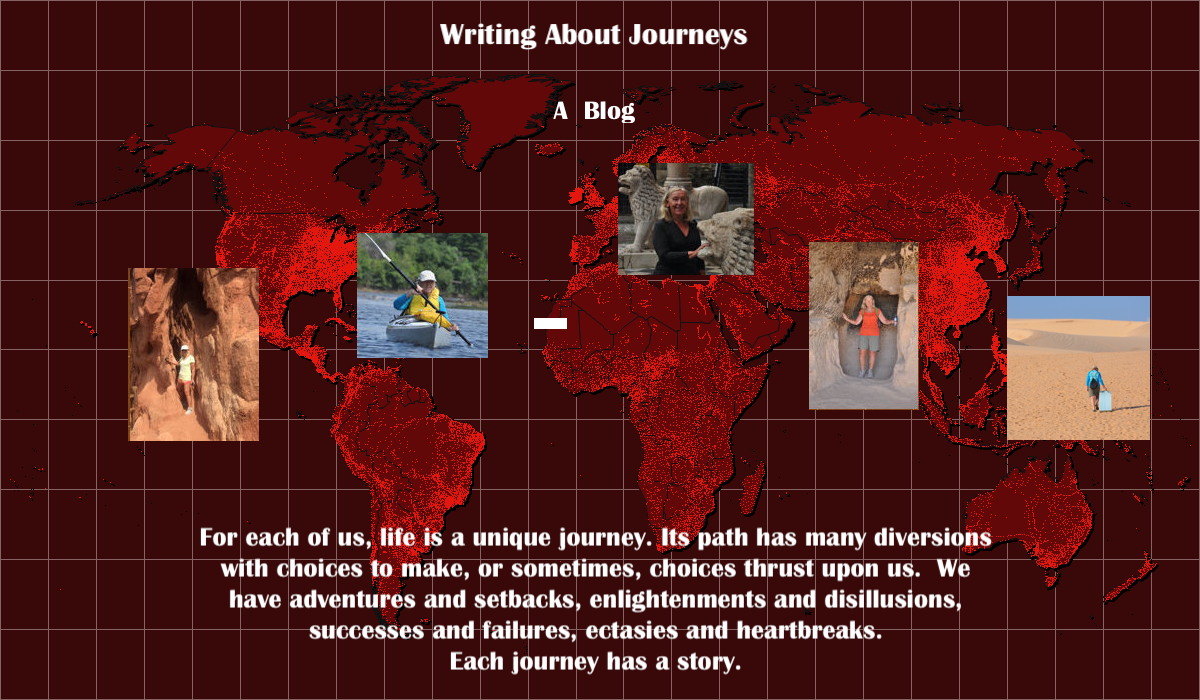“If we teach today as we taught yesterday, we rob our children of tomorrow.”
John Dewey
In September 1992, the Butler Middle School of Technology opened in a new building in Lowell, Massachusetts. (What is notable is that available technology was minimal at first. The Internet wasn’t made available to the public until the following April of 1993 and the school Intranet was only in the process of being set up.) Technology advances ramped up quickly in the following years and we were eager to learn.
Sheila Kennedy and I were hired as Family Consumer Science teachers for grades 5-8, and they asked us to design a modern and meaningful curriculum. At the same time, Fleet Bank approached the school with the offer of a community partnership if the school would be interested in community service. Sheila and I jumped on the idea and it became the third quarter of our 7th and 8th-grade curriculums.
In early 1993, Fleet provided an introductory celebration in our auditorium and offered seven adult advisors. That year approximately 280 7th and 8th-grade students (including special education, bilingual, and ESL students) participated. We called them the Fleet Youth Leaders.
They identified community needs and formed service teams to help meet those needs. Each team was matched with an adult advisor who was either a staff member, administrator, parent, or community representative. In addition to doing community service, the students were required to research a social issue related to their service, prepare a computer report, and design a poster display. At the end of the quarter, Fleet provided an award ceremony at the Kennedy Library in Boston for exemplary team projects. The bank continued to support us for two more years and our program followed the same format.
At the beginning of 1996, Jacqueline Carr, another Family Consumer Science teacher, and I renamed the program the Butler Youth Leaders and we began to apply for grants to solve the financial challenges and to expand the horizons of the program with the acquisition of more technology. We taught the students how to produce multimedia video infomercials utilizing computer digital video editing to educate the larger community about the needs they identified. We began a collaboration with the computer technology teacher, and the media center director so that students could fully utilize Internet and Intranet capabilities, as well as computer word processing skills for producing their research reports.
In 1997, some of our students participated in a TV show for MCET (Massachusetts Corporation for Educational Television) demonstrating digital video editing, and in cooperation with our art department, the use of graphics.
We introduced website design into our program in 1998 and, in 1999, the first Butler Youth Leaders website was created. In 2000, we formed a Butler School partnership with Kids Energy Corporation, enabling students to apply online for grants for their projects and to design individual project websites that Kids Energy made available for their use. In 2000, we also added the capability of putting the videos into CD-ROM and VHS formats. (This now sounds old school but it was cutting edge at the time.)
Over nine years, the program was the recipient of a Massachusetts Department of Education Lighthouse Grant, four innovative teacher grants from the University of Massachusetts, Lowell, one service learning grant, and one grant from the Compaq Computer Corporation.
We presented the program at the Macworld Computer Technology Conference in Boston in 1997, at four NELMS (New England League of Middle Schools) conferences in Massachusetts and Rhode Island, the Christa McAuliffe Technology Conference In New Hampshire, a MassCUE (Massachusetts Computer Using Educators) conference, a Department of Education Technology Conference, a Massachusetts Title I Conference and at several workshops for the Lowell Public Schools Professional Development Program.
Materials from the Butler Youth Leaders became part of a permanent archive and time capsule in the Smithsonian National Museum Of Natural History, Washington, D.C. in 1999.
.In March of 2000, we received an e-mail message from the Massachusetts Department of Education inviting us to enter our Butler Youth Leaders Program into a worldwide competition for the best information technology projects in the field of education. That July we faxed our project submission form to Rome, Italy where the competition would take place. In September, we were given the tools to link our website to the Global Junior Challenge website. In October, we received two welcome packs and in November we received congratulations that we were one of 89 finalists out of 588 project entries from 49 countries!
In December of 2000, Jackie and I traveled to Rome to participate in the Challenge's final events. We set up our project exhibit at the two-day “iYouth Into the Digital Age Conference” at the Fiera di Roma, along with exhibitors from many countries. On the evening of December 4, 2000, we attended an awards ceremony in Palazzo Senatorio (Rome’s City Hall) on the Campidoglio (Capitoline Hill) where the Mayor of Rome opened the ceremony and the President of the Italian Republic handed out prizes to the top projects. We did not win but received medals for being finalists, which made us proud enough.
In 2001, the program was used as the case study for MIT's ‘We Wired the Classroom’ conference. The conference gathered teachers, professors, media professionals, researchers, and writers to discuss the roles of new media in the development of educational materials.
Those nine years were a teaching high for me. I had the best co-workers and enthusiastic and productive students. I like to think we made a small difference.

